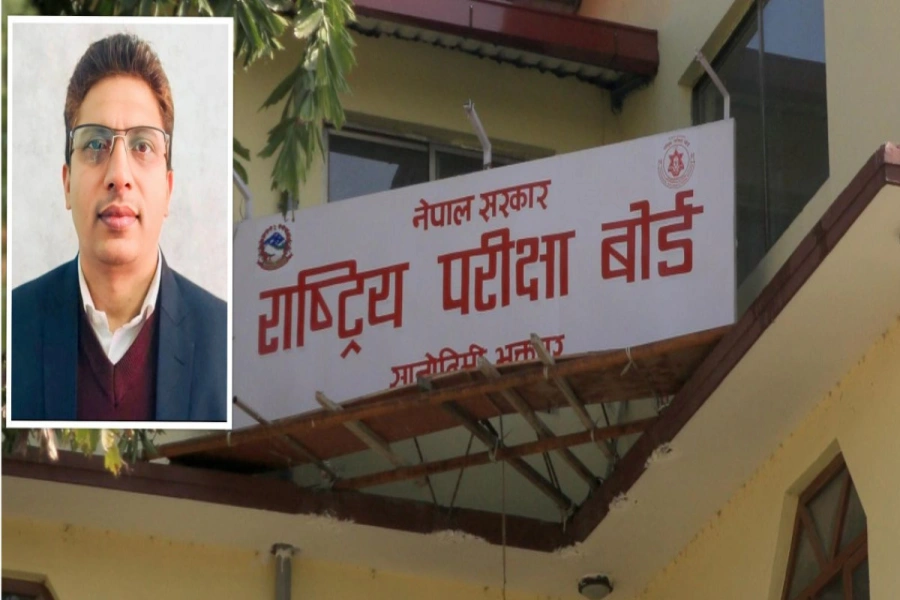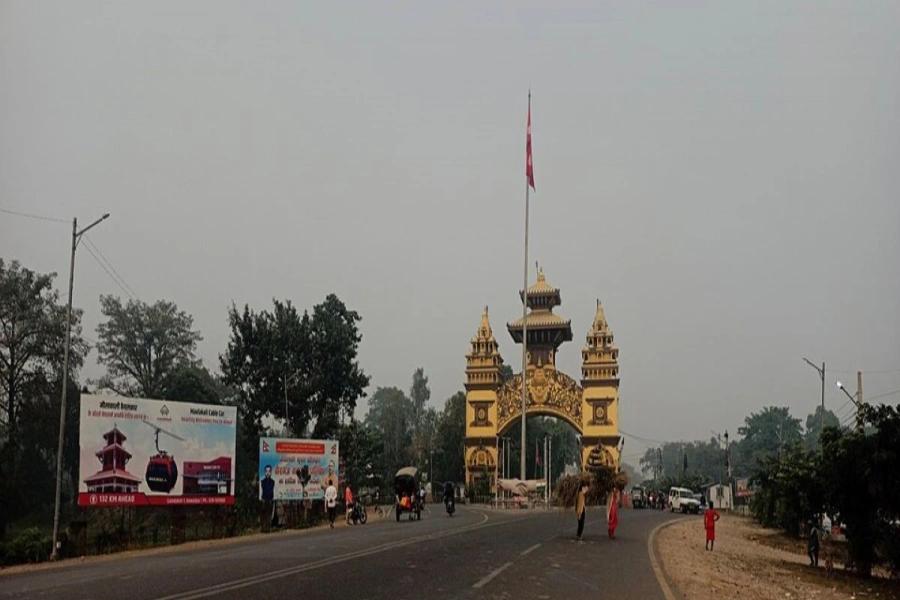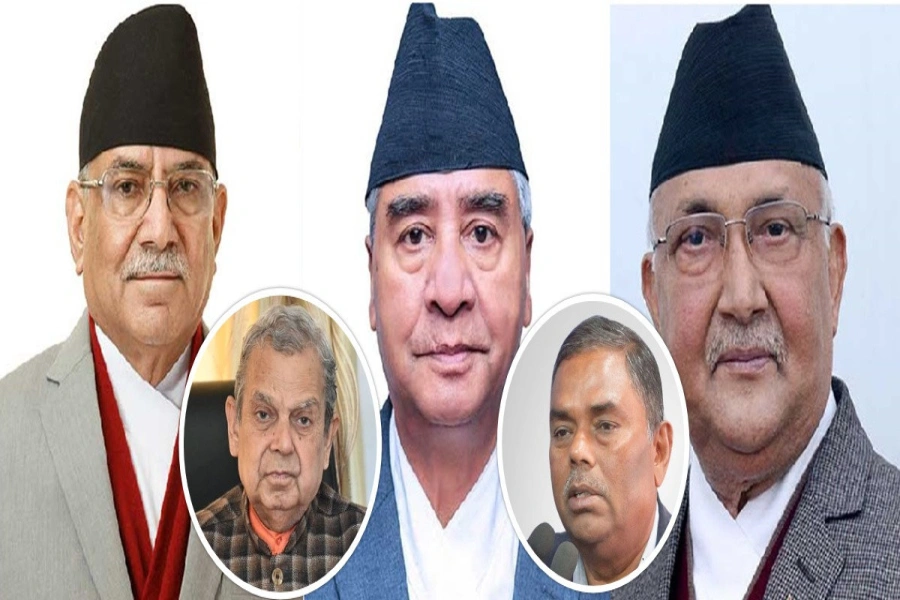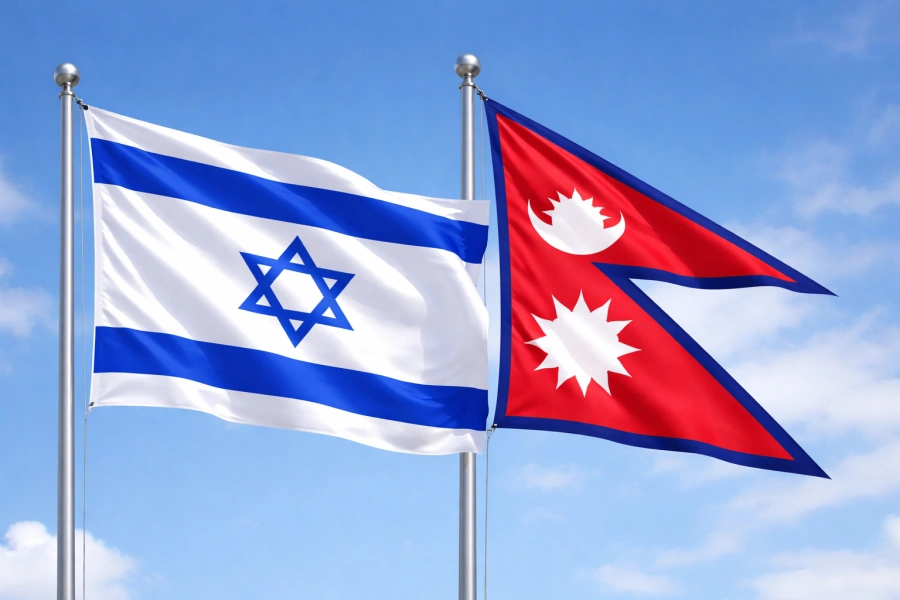Successful cooperation in such environmental issues would yield substantial environmental dividends with direct welfare impact for the entire region
New Delhi, which tops the list of the most polluted cities on the planet, got its first oxygen bar recently. As air pollution, dust, PM2.5 and heavy smog perpetuate to regularly exceed WHO levels and regulatory limits, an entrepreneur in the city came up with a novel idea of selling (pure) oxygen to breathe. According to a New York Times article, customers pay $ 4 to $ 6 for 15 minutes of oxygen. After reading this news online, I asked some of my friends from India about what they think of this development. Surprisingly, they answered by asking me: So we have to start buying fresh air too?
As of the data of 2018, the air quality in South Asia is extremely frightening. In fact, five of the ten “most polluted countries” in the world with regard to fine particulates (PM2.5) are in this region—Bangladesh, Pakistan, India, Afghanistan and Nepal. But being in this list comes with lots of risks and uncertainties—economic, environmental and social. A particularly confounding problem arises for countries and jurisdictions that suffer from poor air quality that is attributable mostly to the activities outside their borders. People in countries like Nepal and Bhutan suffer the harms from the polluted air without benefiting from the economic activities which contribute to the poor air quality. According to a report recently published by the World Bank, annual mortality burden in Nepal due to pollution is estimated to be at least 33,500, a death toll far greater than that of 2015 earthquake. These deaths are attributable mostly to air pollution, the report says. Such grave situations raise the questions of not only how we can improve air quality but also how air quality can be improved through regional collaboration and if some measure of compensation is warranted for damages imposed on other countries by cross-border flows of air pollution.
Together we must fight

In addition to an age-old history of cooperation, collaboration and popular roti-beti relationship, Nepal and India have worked together on a number of environmental and ecological issues, including joint assessment of tiger population and its habitat and successful rescues of flood-impacted rhinos and have been working on an agreement to collaborate on biodiversity conservation along the 1,850kms long open border. Additionally, there has long been joint work between these two countries on the management of transboundary water resources.
With such past collaborations as a foundation, we now need to expand our bilateral and multilateral collaboration to address additional environmental problems with additional focus on air pollution. We need integrated regional policy approaches to solve such issues because, similar to rivers and tigers, air pollution movements are unaffected by the political boundaries. Such pollution is attributable to a wider range of economic activities, including the burning of crop stubble, vehicle emissions, power generation etc. As an economically emerging region, the strong focus on economic growth has led to the polluted air which has become the norm in much of South Asia. Such poor air quality imposes huge cost on both present and future generations. Therefore, we need to think differently when it comes to development. We need to consider more factors than simply the ongoing increase in GDP. Here, recent stages of Chinese development may provide a useful lesson.
Last summer, I visited Chengdu, Southwest China, and it was striking to see the obvious efforts to introduce more parks and green spaces into even the densest and most-expensive parts of the city. What I saw was apparently a small piece of deliberate, wide-scale government actions taken in many Chinese cites to improve air quality, sometimes even at the cost of more rapid economic development. It would seem that China’s economy is in the downward slope. After a prolonged period of rapid economic growth, the country has acquired a certain level of wealth, and there is a growing demand to reconcile the environmental dimension of urban living standards with improved quality of life in other dimensions.
While countries in South Asia are not close to achieving Chinese levels of wealth in the immediate future, China’s recent progress demonstrates the power and rapid effects of a shift in the weighting of development versus environmental quality. The costs of waiting for the achievement of widespread affluence in South Asia before we begin to seriously address environmental concerns are far higher. Instead, we must take the initiative to change our development practices sooner in the development cycle by reconsidering the balances that have been struck between the economic growth and the environment. Such a path forward is feasible only through robust regional dialogues and partnership. Successful cooperation in such environmental issues would yield substantial environmental dividends with direct welfare impact for the entire region.
Also, raising such environmental issues might help all the countries in South Asia—including India and Pakistan—to come together and start having frank conversations. This approach might also be helpful to revitalize SAARC which is totally paralyzed for past few years.
The author is a doctorate student in the Department of Resource Economics at University of Massachusetts Amherst






































